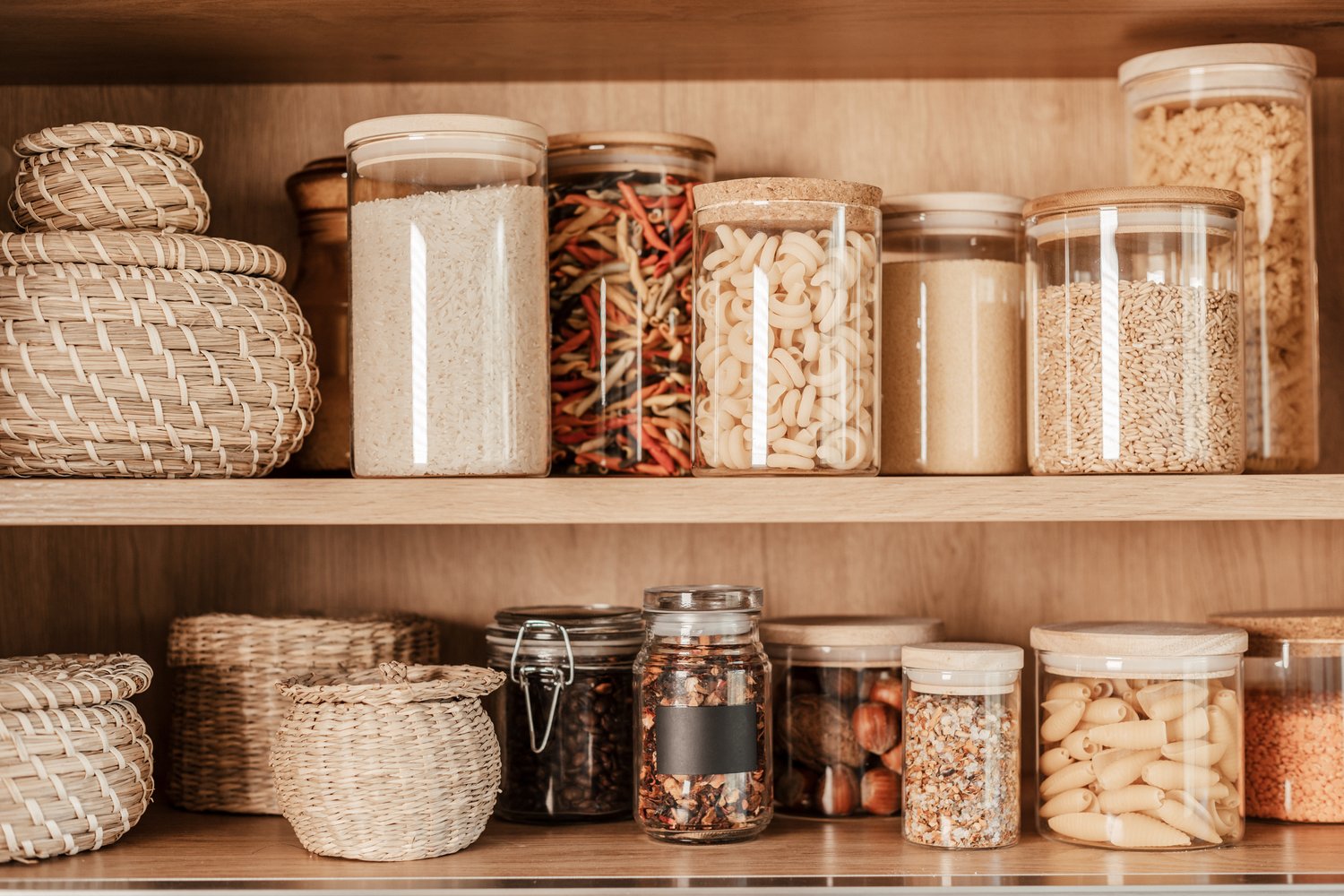Open shelving has become a cornerstone of contemporary interior design, offering both aesthetic appeal and functional storage solutions for modern homes. This versatile design choice has gained popularity for its ability to transform kitchens, living rooms, and other spaces into personalized showcases for cherished items while maintaining accessibility. In this article, we’ll explore the advantages and potential drawbacks of incorporating open shelving into your home, along with professional styling tips to help you create balanced, beautiful displays that enhance your living spaces.
The Rise of Open Shelving in Modern Homes
The popularity of open shelving has surged in recent years as homeowners increasingly seek ways to personalize their spaces while maximizing functionality. This design trend represents a significant shift from traditional closed cabinetry, offering a more airy, expansive feel that works particularly well in smaller spaces. Open shelving creates visual breathing room, effectively opening up spaces that might otherwise feel confined or cluttered. The versatility of this design feature makes it suitable for virtually any room, though it has found particular favor in kitchens, where practical display solutions merge seamlessly with daily functionality.
The appeal of open shelving extends beyond aesthetics. It encourages mindful curation of possessions and creates opportunities for personal expression through thoughtfully arranged displays. As interior design continues to emphasize individuality and character, open shelving provides the perfect canvas for showcasing unique collections, family heirlooms, or everyday items elevated through intentional presentation. This blend of practicality and personalization explains why open shelving has transcended mere trend status to become a mainstay in contemporary home design.
Kitchen Open Shelving: Pros and Considerations
In the kitchen, open shelving offers immediate access to frequently used items while creating a sense of spaciousness that closed cabinets simply cannot match. Kitchen open shelving works particularly well for displaying attractive dishware, glassware, and cooking essentials that deserve to be seen. The accessibility factor cannot be overstated—having commonly used items within easy reach can significantly enhance workflow in this busy space. Additionally, open shelves can showcase beautiful serving pieces or specialty cookware that might otherwise remain hidden behind cabinet doors.
However, kitchen open shelving requires a commitment to organization and cleanliness. Without cabinet doors to conceal contents, dishes and glassware are exposed to cooking residue and dust, necessitating more frequent cleaning. Homeowners should also consider their comfort level with having items on display permanently. While styled shelves can look magazine-worthy initially, maintaining that polished appearance requires ongoing attention. Those who enjoy regularly rearranging and curating their spaces will find this an engaging aspect of open shelving, while others might prefer the simplicity of closed storage for at least some kitchen items. As with many design choices, AskHomey suggests that a balanced approach—combining some open shelving with traditional cabinetry—often provides the ideal solution for most kitchens.
Beyond the Kitchen: Open Shelving Throughout the Home
While kitchens may dominate conversations about open shelving ideas, this versatile storage solution enhances many areas throughout the home. In living rooms, open shelves provide ideal display space for books, art objects, and family photographs, creating a personalized gallery effect. Bathrooms benefit from the accessibility of toiletries and towels on open shelves, though moisture considerations may require more frequent rotation of items. Home offices transform with open shelving that keeps reference materials and supplies within easy reach while adding visual interest to the workspace.
Even transitional spaces like hallways and entryways can be elevated with thoughtfully designed open shelving. These often-overlooked areas become opportunities for practical display solutions that address storage needs while contributing to the home’s overall aesthetic coherence. When considering open shelving for these spaces, focus on the specific functional requirements of each area while maintaining design continuity throughout your home. This approach ensures that open shelving serves both practical and decorative purposes, enhancing rather than complicating daily living.
Expert Tips for Styling Open Shelves
The art of styling open shelves combines practical considerations with aesthetic principles. When approaching this task, begin by selecting items that balance form and function—everyday objects should earn their place through both usefulness and visual appeal. Create dynamic arrangements by varying heights, shapes, and textures while maintaining sufficient negative space to prevent a cluttered appearance. The most successful shelf styling incorporates a thoughtful color palette that complements the surrounding space while providing visual cohesion across displayed items.
For those new to styling open shelves, start with a simple formula: combine stacked items (like plates or books) with vertical elements (such as vases or framed art) and organic components (plants or natural materials). This basic structure creates visual interest through contrasting shapes and orientations. Remember that styling is an iterative process—step back frequently to assess the overall composition, making adjustments until the arrangement feels balanced and intentional. Over time, rotate seasonal items and introduce new elements to keep your displays fresh and engaging. These thoughtful touches transform functional storage into personalized design statements that evolve with your home and lifestyle.
Maintaining Practical and Beautiful Open Shelving
The long-term success of open shelving depends on regular maintenance and thoughtful curation. Establish a cleaning routine that addresses dust accumulation and, in kitchens, cooking residue. This might include weekly dusting and monthly rotation of items to ensure all surfaces remain clean. Periodically reassess your displayed items, removing those that no longer serve your needs or aesthetic preferences. This ongoing curation prevents shelves from becoming catchalls for miscellaneous objects and maintains the intentional design you initially created.
For more tips and to connect with reliable home service professionals, follow AskHomey on Facebook and Instagram.



